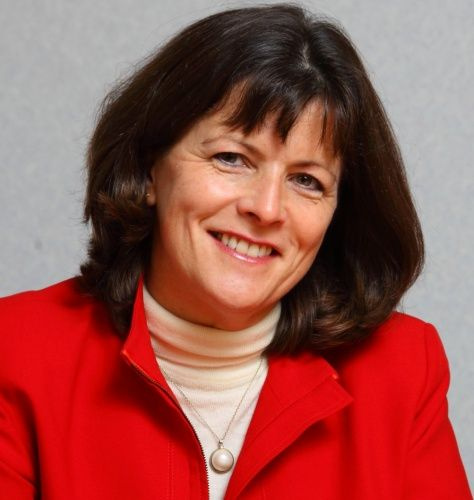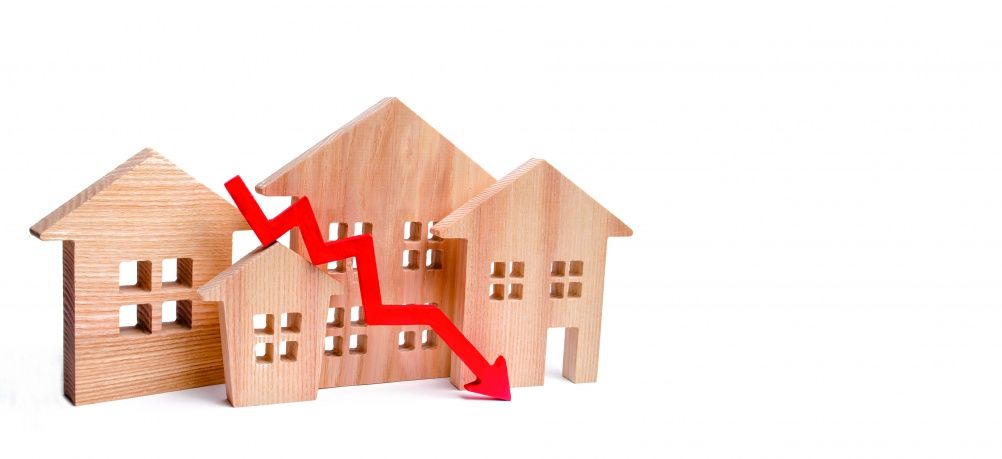
Only 44% of households have enough life cover to protect their family – but even this falls to 35% of households with a mortgage, says Hargreaves Lansdown.
People in their 20s and 30s are most likely to fall short on life cover – with just 30% of those aged 30-34 having enough and 34% of those aged 35-39, says the investment firm’s latest Savings & Resilience Barometer.
It calls the 30 to 40 age group the “squeezed middle” who “carry an enormous weight of responsibility”, of paying for a home and raising children. The survey says just 26% of couples with children have adequate cover.
Hargreaves Lansdown head of personal finance Sarah Coles points out that this group are “more likely to have a young family relying on them to keep the wolf from the door.
“They’re also more likely to own a home with a sizeable mortgage, which needs to be paid if something was to happen to them.
“It means they need the biggest and most robust safety nets, so it’s particularly alarming that so many of them fall into the protection gap.”
The survey looks at the emergency savings, insurance cover and workplace protections people have in place.
It considers a household’s total assets and life insurance, and then subtracts these debts and the cost of looking after their children to the age of 18 – to assess whether homes have enough life cover.
The study also looks at how long any sick pay or income protection would last if they were ill, and whether they have redundancy cover or critical illness insurance.
Coles says: “Only around a third of people in their 30s have enough life cover, and while that rises to 43% of those in their early 40s and 47% of those in their late 40s, it still leaves sizeable gaps.”
She adds: “Often people know that insurance needs to cover their mortgage, but they may not think about any children, and covering the cost of bringing them up.
“The big shortfall among those who have a mortgage – with only around a third having enough – may owe less to people forgetting to get insurance to pay off their mortgage if they pass away than to the fact that this may be all that they’ve covered, so they haven’t considered support for their children.”
Coles says: “Where people have chosen to work for themselves in order to build a working life around their family, they may be particularly exposed, because self-employed people have significant gaps in cover.
“Only 12% have enough redundancy cover, and 43% have enough sick pay and income protection – which for employees will usually be covered by their employer. However, they score higher than employed people for life cover, at 46%, and critical illness cover, at 38%.”
“It’s a salient reminder that we need to look at our resilience in the round, and not neglect any corner of our finances.”



